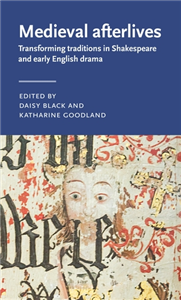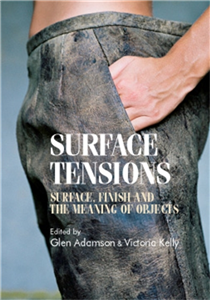Cosmos Culture, Ltd.
Cosmos Culture Ltd., established in March 1998, is composed of intellectuals from different professions. The staff is devoted to cultural education and hopes to make a significant contribution to the inheritance and development of world culture by providing knowledge and high quality reference books to our readers. Contributing to the world’s culture is an endless road. Today’s world is a global village. Skill with two or more languages is crucial if an individual wants to play a role in the rapid growth of worldwide human communication and cultural exchanges.
View Rights Portal





















